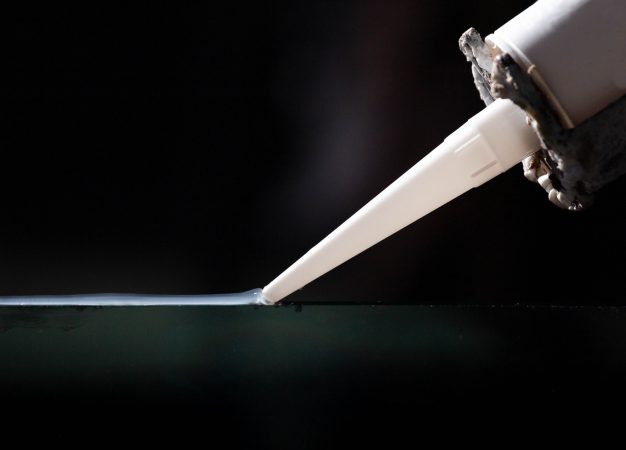
Construction adhesive and sealant manufacturers go green to tap into growth prospects
by CM Staff
Breakthrough chemistries and application methods expected to help achieve customer satisfaction for adhesive and sealant manufacturers

Frost & Sullivan – Sustainability and Circular Economy Transforming Global Construction Adhesives & Sealants Technologies
SANTA CLARA, Calif. — Frost & Sullivan’s recent analysis, Sustainability and Circular Economy Transforming Global Construction Adhesives & Sealants Technologies, finds that construction adhesive and sealant manufacturers worldwide focus on developing products that favor a circular economy and promote sustainability as green alternatives. The need for innovation and increasing consumer requirements are key factors driving the construction adhesive and sealant market worldwide.
By 2026, the global construction adhesive and sealant market is estimated to garner a revenue of US$23.7 billion from US$19.32 billion in 2019, up at a compound annual growth rate of 3%. However, economic slowdown across countries aggravated by the COVID-19 pandemic has impacted the construction activity progress, thereby restraining construction adhesives’ and sealants’ short and mid-term market growth.
“Construction companies are faced with a dearth of construction time, new materials for construction, and construction methods in applications, such as reinforcement of structures and joining facade elements. As a result, the development of new adhesives and sealants catering to these new unmet needs is imperative,” said Ganesh Dabholkar, senior research analyst, Chemicals, Materials & Nutrition at Frost & Sullivan, in a prepared statement. “Further, construction adhesive and sealant manufacturers need to strengthen their product portfolios with chemistries that are more sustainable and environment-friendly, and at the same time demonstrate high performance and longevity.”
Dabholkar added: “From a segment perspective, structural adhesives are expected to contribute significantly to the need for reduced use of conventional bonding techniques, whereas non-structural adhesives are playing an increasingly vital role in facilitating indoor bonding requirements of building contractors. Similarly, the monolithic frameless appearance of four-sided glazing and high mechanical safety of two-sided glazing have been increasingly demanding structural sealants. On the other hand, the rising popularity of heating, ventilation, and air conditioning (HVAC) installations is expected to boost the consumption volume of non-structural sealants during the forecast period.”
To tap into the growth prospects from construction adhesives and sealants, market participants need to focus on: